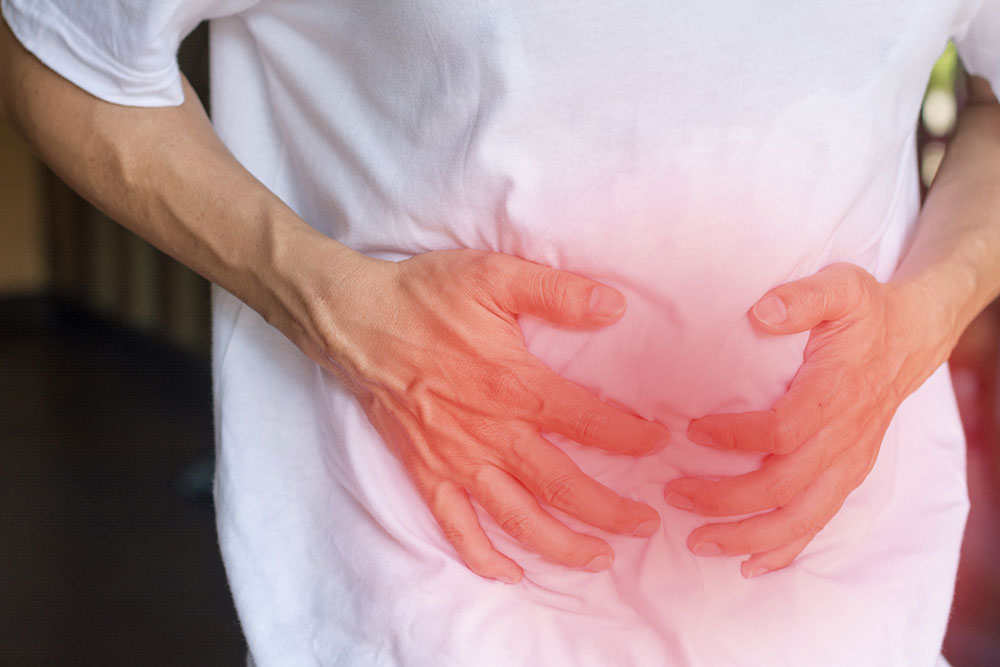Effective Strategies for Reducing Abdominal Fat and Achieving a Healthier Waistline
Discover comprehensive and effective strategies to reduce stubborn belly fat. This detailed guide covers exercise, nutrition, hormonal balance, gut health, stress management, and sleep tips to help you achieve a healthier waistline. Start your journey toward better health today with proven methods designed for sustainable fat loss and improved well-being.

Comprehensive Approaches to Combat Belly Fat
Gaining even a modest amount of weight can become visibly evident around the midsection, leading many to seek effective methods to reduce stubborn abdominal fat. Unlike general weight loss, targeting belly fat requires a holistic approach that addresses various lifestyle, dietary, and physiological factors. While diet plays a critical role, incorporating physical activity, stress management, sleep optimization, and gut health support are equally important for lasting results. This extensive guide will explore proven strategies to help you shed belly fat naturally and sustainably, improving your overall health and confidence.
Boost Your Physical Activity Levels: Regular exercise is fundamental to reducing abdominal fat. Engaging in consistent physical activity enhances metabolic rate, promotes calorie burning, and improves cardiovascular health. While abdominal exercises like crunches and sit-ups can strengthen core muscles, they do not directly melt belly fat alone. Instead, integrate a mix of resistance training and aerobic exercises such as brisk walking, jogging, cycling, swimming, and high-intensity interval training (HIIT). These activities not only help accelerate fat loss but also improve muscle tone and overall fitness. For maximum effect, aim for at least 150 minutes of moderate-intensity exercise or 75 minutes of vigorous activity weekly, as recommended by health guidelines.
Track Your Nutritional Intake and Physical Activity: Maintaining a calorie deficit, where you burn more calories than you consume, is essential for fat loss. Using food diaries or digital apps helps you monitor daily food intake, ensuring you stay within your caloric goals. These tools allow you to analyze macro and micronutrient intake, helping you make healthier food choices. Additionally, logging physical activity enables you to track progress and stay motivated. Focus on incorporating nutrient-dense foods like vegetables, fruits, lean proteins, whole grains, and healthy fats, which support fat loss while providing necessary vitamins and minerals. Avoid processed foods high in added sugars and trans fats, known for contributing to belly fat.
Address Hormonal Changes During Menopause: Women undergoing menopause often experience hormonal fluctuations, particularly a drop in estrogen levels, which can lead to increased abdominal fat accumulation. Genetics also influence fat distribution, but lifestyle modifications can mitigate these effects. Regular exercise, especially strength training and cardiovascular workouts, can help maintain muscle mass and regulate hormonal balance. It's also beneficial to have regular health checkups to monitor hormone levels and overall health. Incorporating stress reduction techniques and maintaining a balanced diet are equally vital during this stage of life.
Enhance Gut Microbiome for Better Metabolism: Emerging research suggests that gut health plays a significant role in weight regulation. An imbalance in gut bacteria can increase calorie absorption and promote fat storage, particularly around the abdomen. Supporting a healthy gut microbiome involves consuming a diet rich in fiber, fermented foods, and probiotics. Prebiotic foods like garlic, onions, bananas, and asparagus nurture beneficial bacteria, promoting digestion and nutrient absorption. Avoid overuse of antibiotics and minimize consumption of processed foods that disrupt microbial balance. A healthy gut not only aids in weight management but also improves digestion, immunity, and overall vitality.
Manage Stress Effectively: Chronic stress is associated with elevated cortisol levels, which can stimulate appetite and increase fat deposition in the abdominal area. Prolonged cortisol elevation often leads to cravings for high-calorie comfort foods. Managing stress through mindfulness practices like yoga, meditation, deep breathing exercises, and hobbies can help regulate cortisol and reduce emotional eating. Adequate social support and time management also play roles in alleviating stress. By balancing physiological and psychological stressors, you create a conducive environment for fat loss and better health overall.
Prioritize Quality Sleep: Sleep is a cornerstone of health and weight management. Adults should aim for 7 to 8 hours of restful sleep per night to optimize metabolism and hormone regulation. Poor sleep or sleep disturbances increase cortisol levels and disrupt hunger hormones like ghrelin and leptin, leading to increased appetite and fat accumulation, particularly in the abdominal region. Sleep apnea, a common disorder characterized by disrupted breathing during sleep, is linked to visceral fat gain. Developing good sleep hygiene practices—such as maintaining a consistent sleep schedule, limiting screen time before bed, and creating a comfortable sleep environment—can significantly support your belly fat reduction efforts.
In conclusion, reducing abdominal fat requires a multifaceted approach that combines regular physical activity, mindful eating, hormonal awareness, gut health maintenance, stress management, and quality sleep. Making sustainable lifestyle changes not only helps in losing stubborn belly fat but also enhances overall health, energy levels, and self-confidence. While patience and consistency are key, these strategies, when implemented thoughtfully, can lead to noticeable results and long-term wellness improvements.





